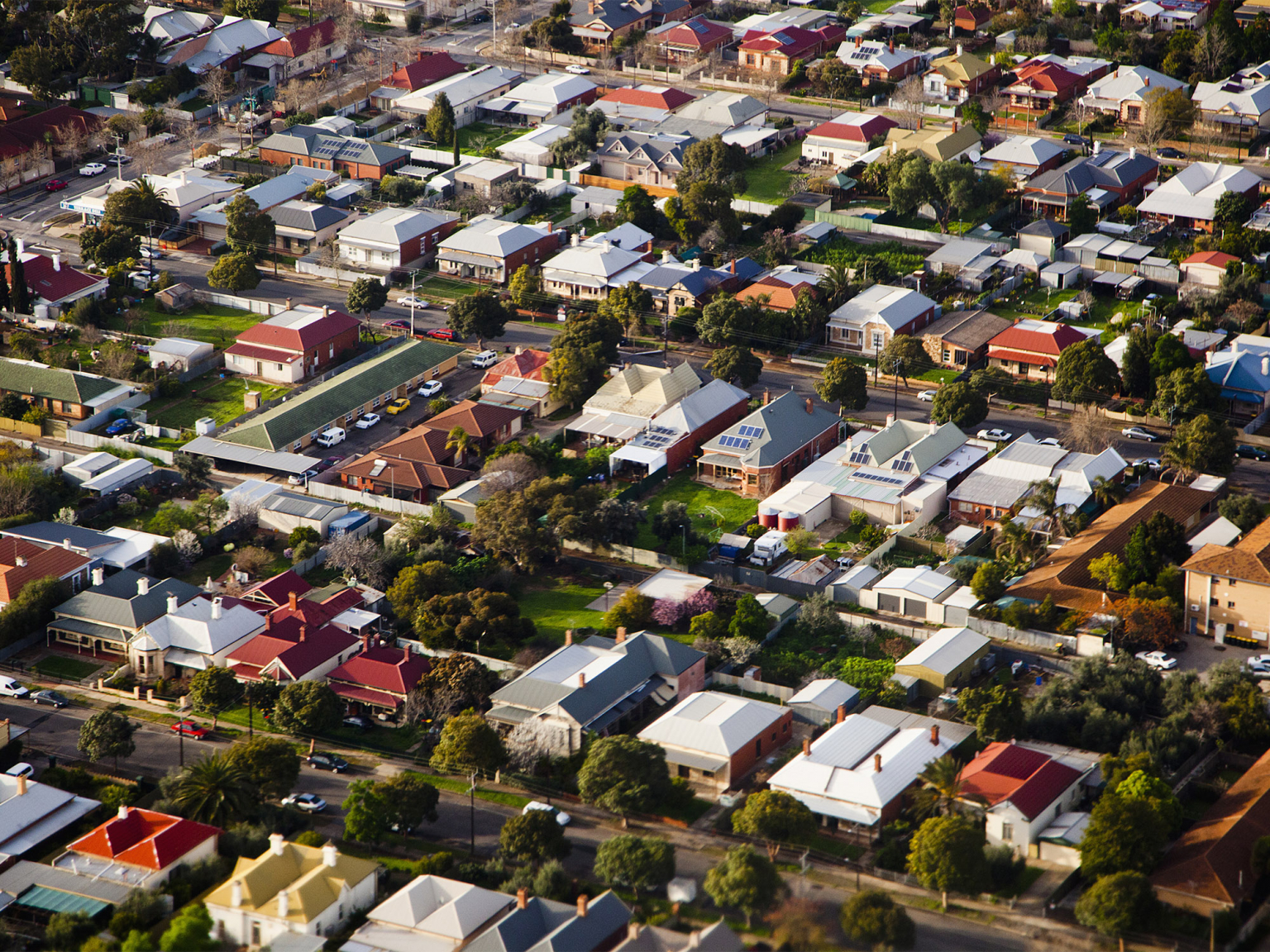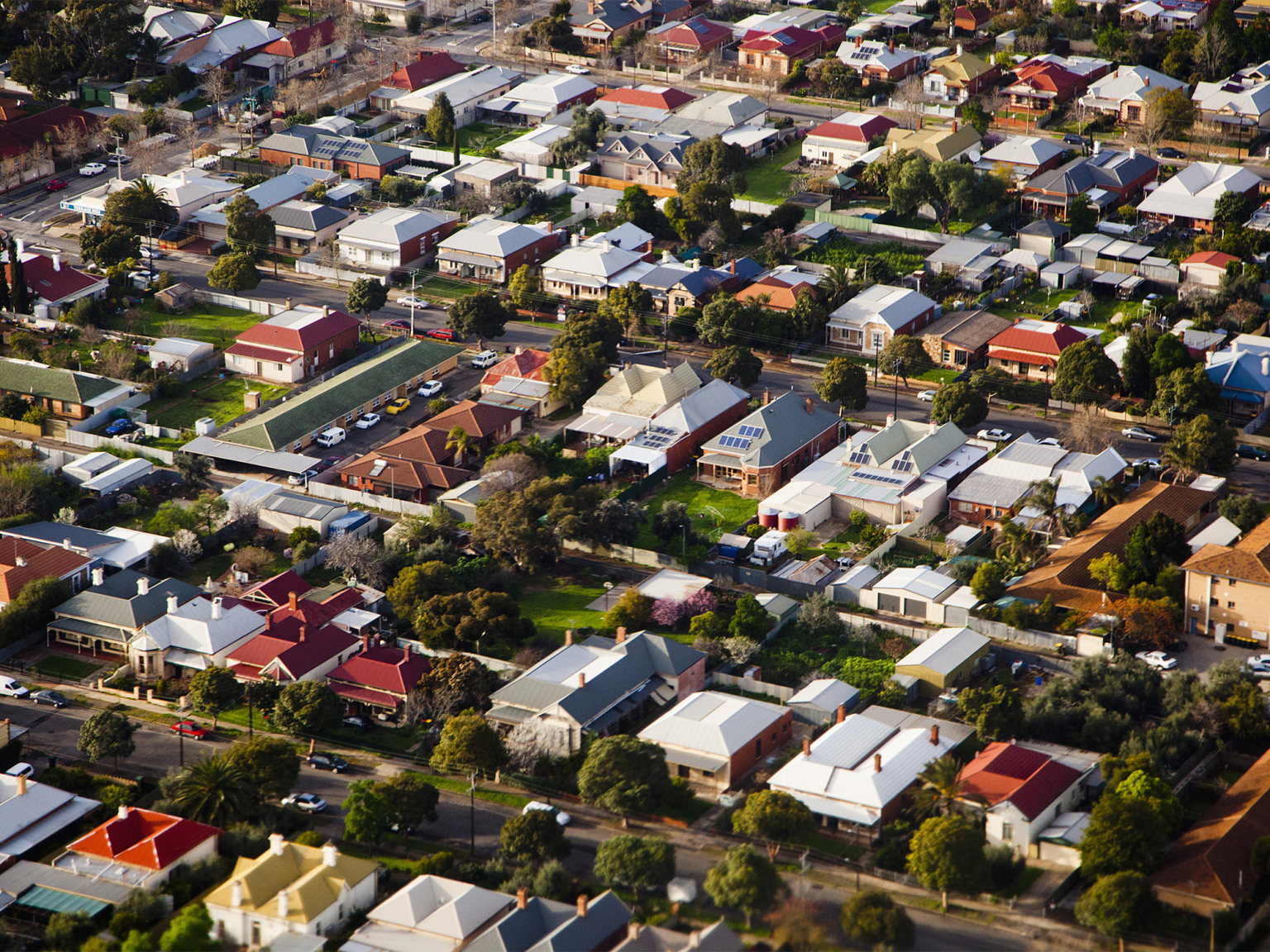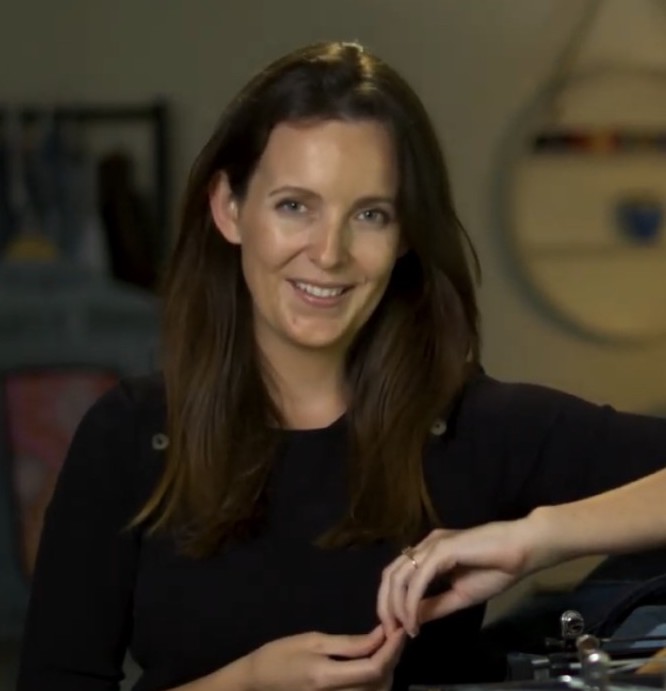RBA keeps cash rate on hold as Ukraine presents uncertainties
The Reserve Bank of Australia has kept the cash rate at a historically low 0.1% but warned the war in Ukraine presented a major new source of uncertainty.
RBA Governor Philip Lowe on Tuesday said inflation had picked up more quickly than expected, with the Russian invasion to add further pressures to prices, such as petrol.
“The global economy is continuing to recover from the pandemic,” Mr Lowe said. “However, the war in Ukraine is a major new source of uncertainty.”
At its meeting today, the Board decided to maintain the cash rate target at 10 basis points and the interest rate on Exchange Settlement balances at zero per cent – https://t.co/bMJ9H97xjw
— RBA (@RBAInfo) March 1, 2022
“Inflation in parts of the world has increased sharply due to large increases in energy prices and disruptions to supply chains at a time of strong demand. The prices of many commodities have increased further due to the war in Ukraine.”
Headline inflation, which measures changes in the price of a range of goods and services, reached 3.5% annually in the December quarter.
The RBA’s preferred measure of inflation, known as underlying inflation, reduces the effects of volatile and temporary price changes – such as a spike in fuel costs.

Supply disruptions cause by the war in Ukraine are expected to boost inflation. Picture: Getty
Mr Lowe said the board would not increase the cash rate until underlying inflation is sustainably within the 2% to 3% target range. While underlying inflation currently sits firmly at the mid-point of that range (2.6%), Mr Lowe said it was too early to confirm it would remain there.
“While inflation has picked up, it is too early to conclude that it is sustainably within the target range,” Mr Lowe said.
“There are uncertainties about how persistent the pick-up in inflation will be given recent developments in global energy markets and ongoing supply-side problems.”
Mr Lowe says wages growth remains modest and it is likely to be some time yet before growth in labour costs is at a rate consistent with inflation being sustainably at target.
“The Board is prepared to be patient as it monitors how the various factors affecting inflation in Australia evolve.”
No change to rate hike forecasts
Like most Australian economists, Warren Hogan, economic adviser to Judo Bank, wasn’t surprised by the RBA’s decision nor its rationale.
“The statement was very similar to what we’ve been seeing,” he said.
“Essentially the RBA is maintaining what I call its ‘patience strategy’… I think they now recognise implicitly what the market and what many economists are saying – that rates are going to have to go up and it’s a matter of time, but they’re not ready to do it just yet.”



Economists largely expect rates to begin rising later this year. Picture: Getty.
Mr Hogan’s forecast for when rates will rise hasn’t changed as a result of Tuesday’s decision, he believes the first hike will come soon after the first quarter Consumer Price Inflation data is released in late April.
“That will highlight that inflation’s running at above target,” he said. But then there’s a federal election.
“It’s highly unlikely they’ll increase interest rates for the first time in, I think it’s been 10 years, in an election campaign.
“So maybe, practically, the window [to increase the cash rate] opens in June.”
PropTrack’s Executive manager of economic research Cameron Kusher also hasn’t changed his forecast for a cash rate rise based on the RBA’s March meeting.
“The RBA is reiterating that it is willing to be patient and is awaiting a sustainable jump in wages growth along with the fall in unemployment,” said Mr Kusher.
The RBA’s central forecast is for the unemployment rate to fall to below 4% later this year and stay that way next year.
“We still believe that interest rate hikes are most likely late in 2022 but are more likely at this stage in early 2023,” he said.



